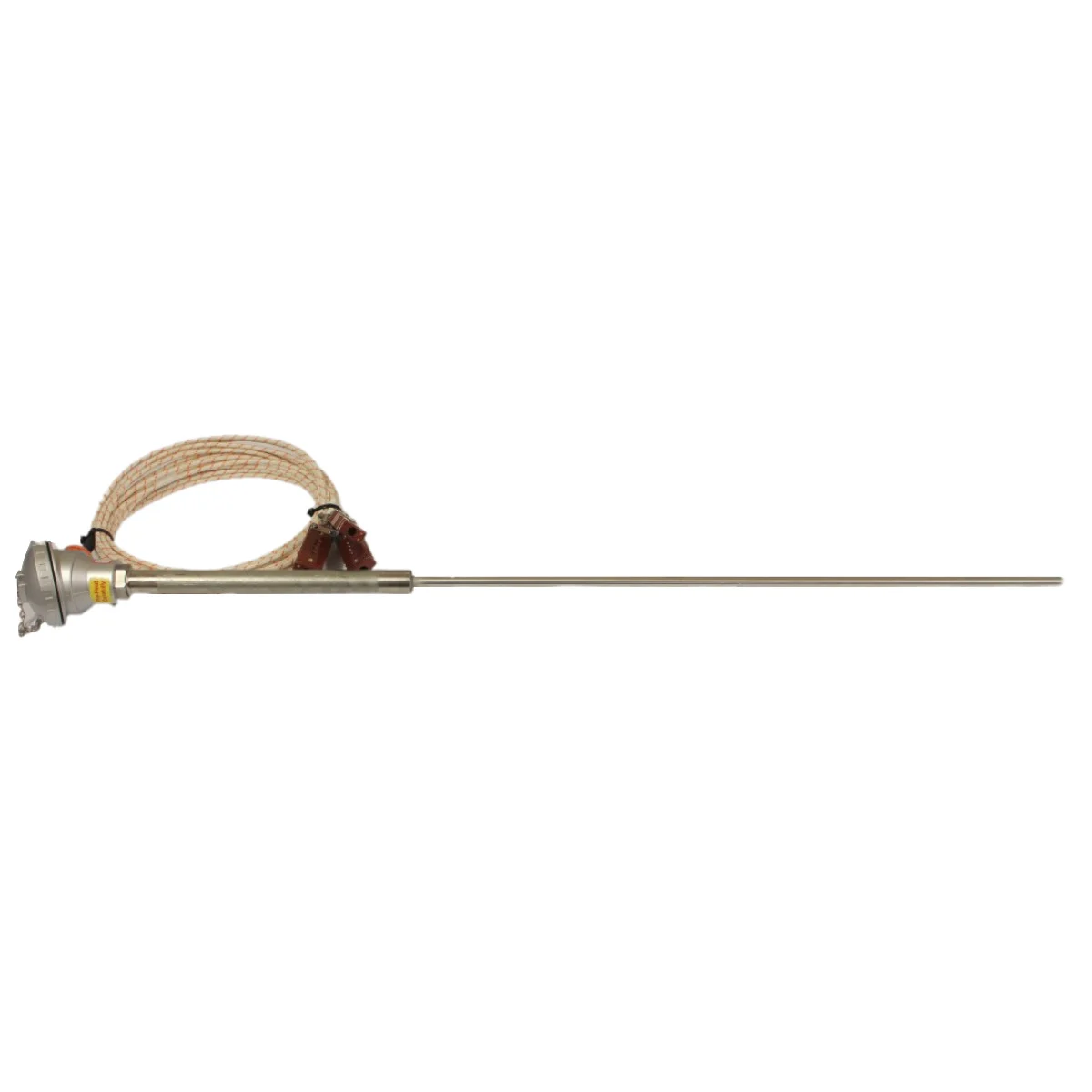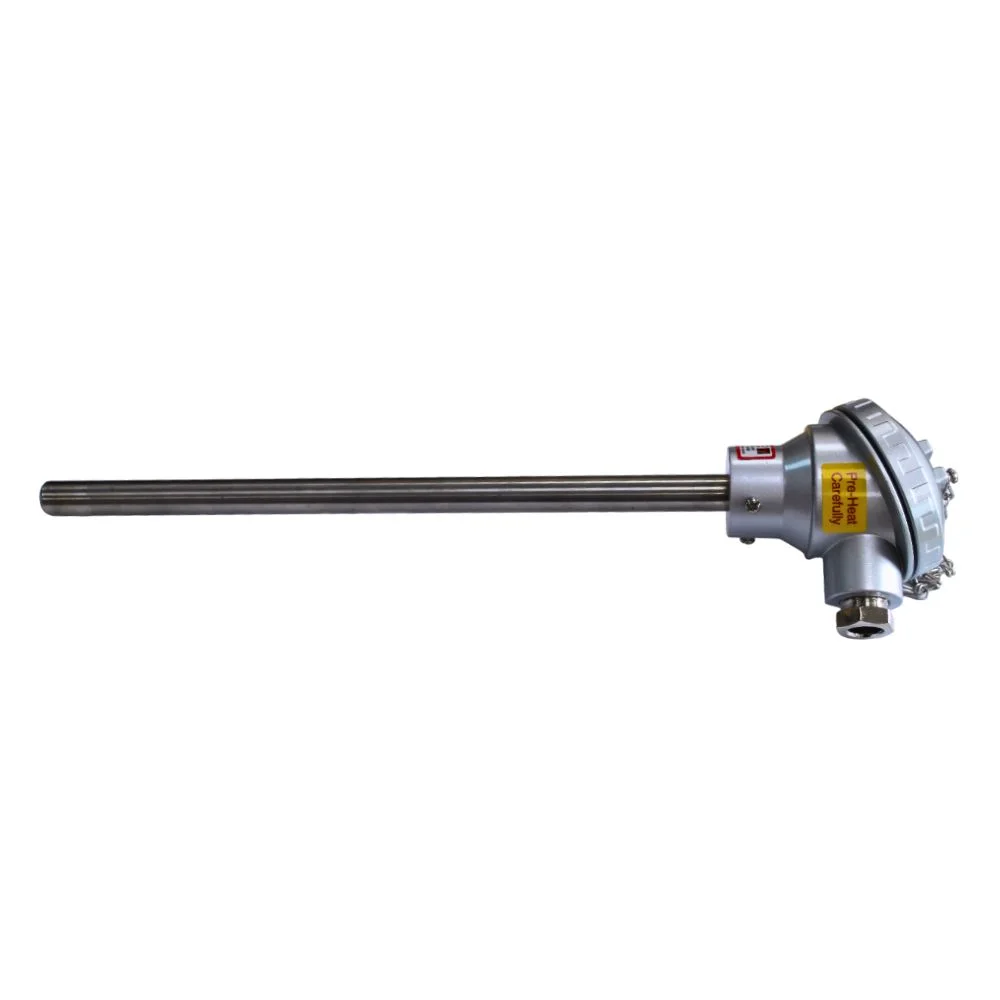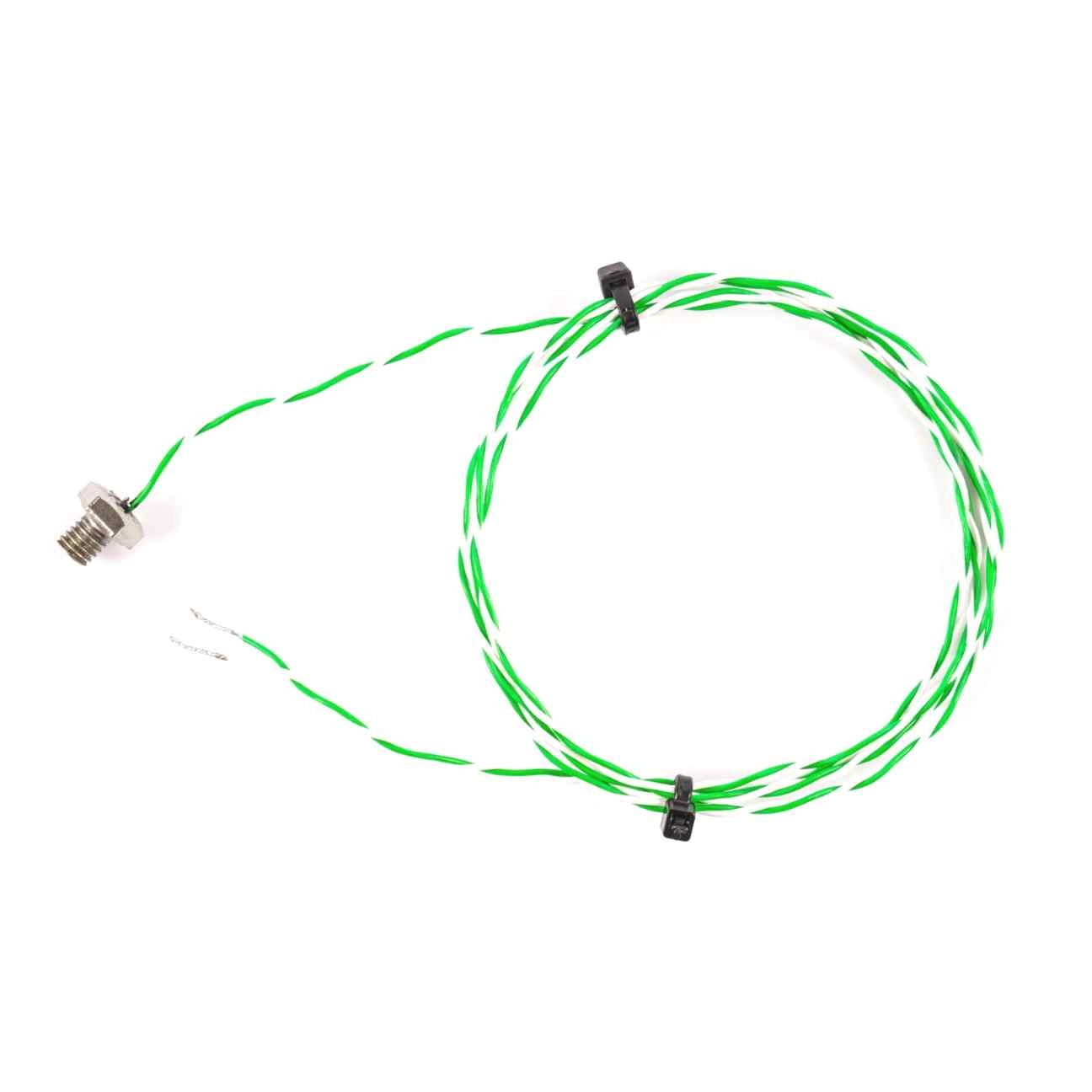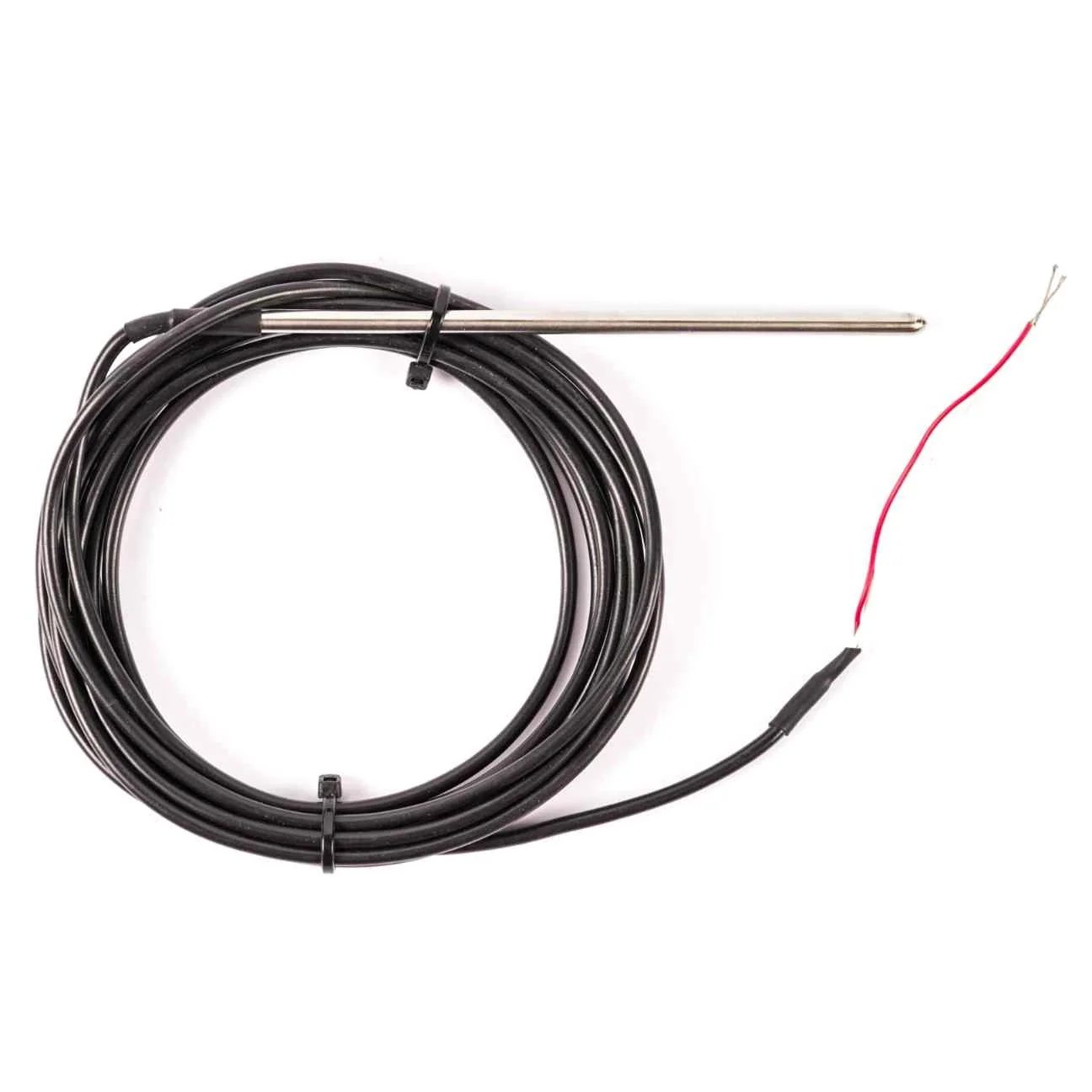Thermal Response and Temperature Sensors
What is Thermal Response?
The thermal response of a temperature sensor is the speed at which it responds to a sudden change in temperature. Thermal response time (ῖ) is the time taken for the sensor to react to this change in temperature.
ῖ 0.5 and ῖ 0.9 of Full Scale Deflection
ῖ 0.5 and ῖ 0.9 are standard industry references which act as measuring points for thermal response times. ῖ 0.5 shows the sensor response time of a temperature sensor at 50% of the step change and ῖ 0.9 90% of the step change.
Standard Response Times
The chart below shows a typical response curve with the standard ῖ 0.5 and ῖ 0.9 response times highlighted.
Meeting Demands for Thermal Response
Often when discussing design options customers ask for a quick thermal response. Quicker times are only needed if your sensor is being placed in an application with a rapidly changing target temperature, most industrial plants have very slow temperature changes. Research laboratories are often the customers who are most interested in achieving fast response times.

The Compromise Between Fast and Robust Probes
Amongst the many complexities of designing and manufacturing custom built sensors, one of the challenges is creating robust probes for aggressive environments. Sensor speed is dominated by the thermal mass of a sensor. Robustness is the counter to speed of response. This balance requires a compromised decision that has to made in regards to which criteria is more important to the end user.
This is because it is difficult to create a robust probe with a fast response time – the sensor sheathing and other protection elements that are required required to improve robustness has a significant effect on response time.
How to Get Good Thermal Response Times?
To improve the thermal response time of a sensor, there are a number of design considerations that must be taken into account during sensor manufacture.
Response times can be improved by following simple tips during the design stage as detailed below:
- Choose a small sensor – It may not be as robust as much larger sensors but smaller, slender sensors will produce quicker signal changes. In this case you just have to make a technical compromise whether you need a small fast sensor or a larger more robust probe.
- Ensure the manufacturer fills all air voids – An air void is an insulator, which will significantly lengthen the response time of a probe. Quality sensor manufacturers should automatically do this for you.
- Only use a protection sheath if absolutely necessary – The material of the protection sheath will reduce the response given.
- Choose your thermocouple junction style wisely – When choosing a junction style, consider that grounded junctions have better response rates than insulated junctions. In some environments, an exposed junction can be used to further improve speed if a protection sheath is not essential to the design.
- Carefully consider which sensor you require – When it comes to thermal response, careful thought must be given as to which sensor should be used. Thermocouple response time is faster than RTD response time. This is because thermocouples comprise of only 2 wires, whereas RT’s are a discrete element with a thermal mass. A basic element with no sheath is the most preferable design, in more aggressive environments a mineral-insulated thermocouple is most popular.
How to Get Good Thermal Response Times?
When applying a temperature sensor to an application, faster times should normally be achieved in turbulent liquids when compared to solid or gas environments. In a liquid based application, boundary layer conditions, flow velocity and turbulence of the liquid all impact on the thermal response time.
View Our Temperature Sensors
Advice from Peak Sensors
There are plenty of other ideas out there of how you can ensure you get a good thermal response time from your probe. Asking an expert is a great start and a member of our technical team would be able to assist you. We are only a phone call away and can offer fast and friendly technical assistance.




